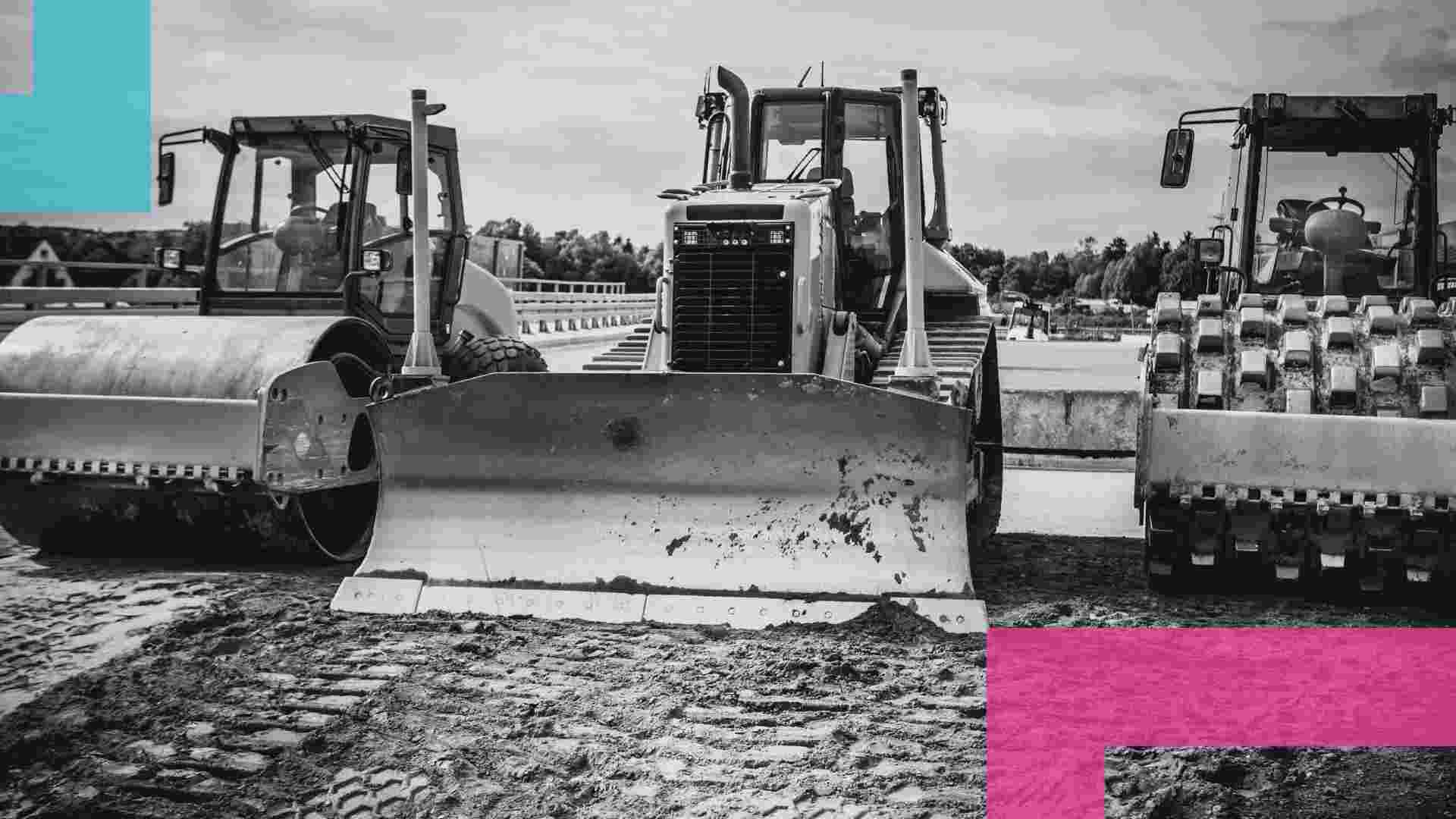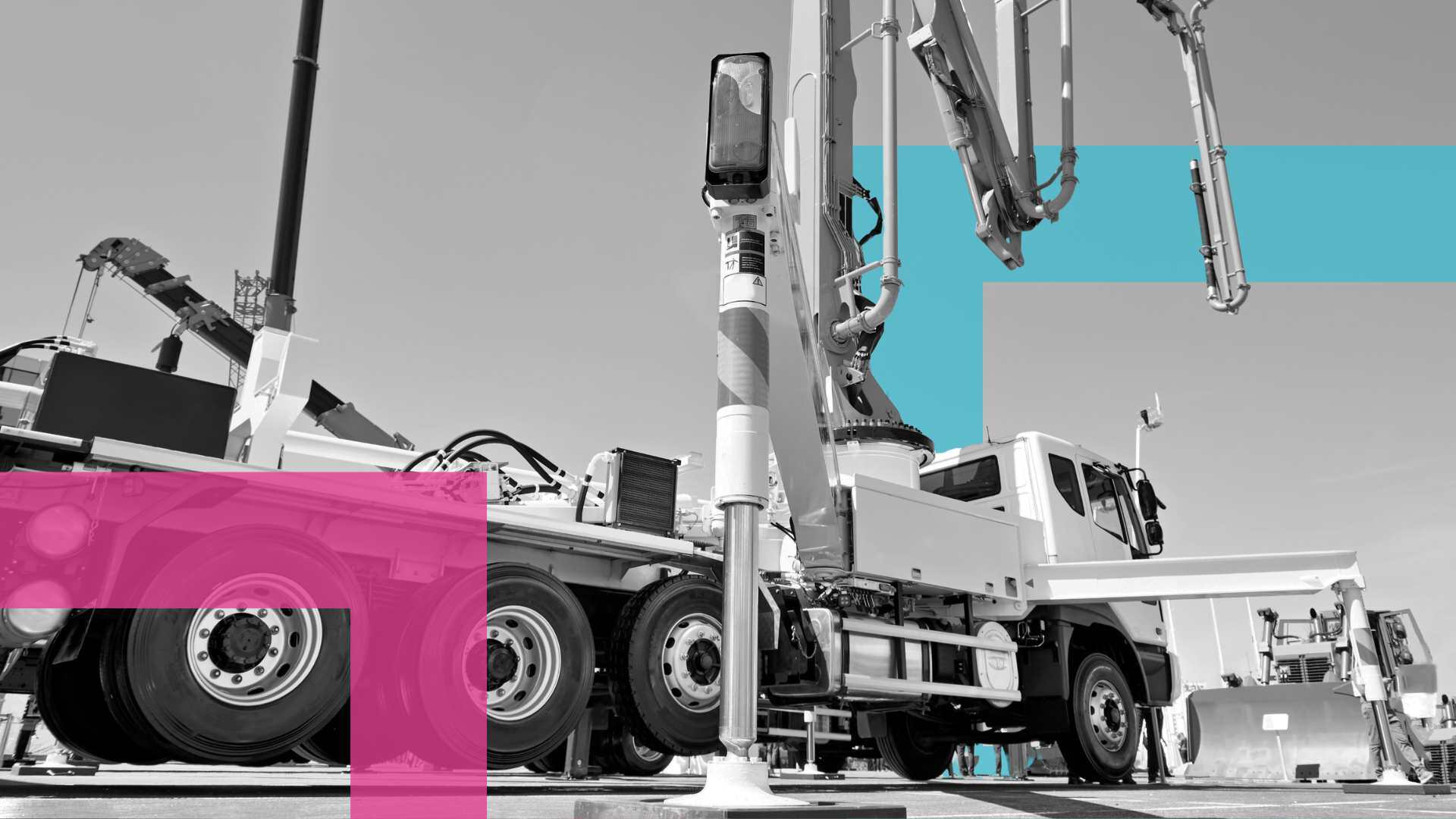Pre Start Plus rebranded to Ideagen Asset Guard
Ideagen Plant Assessor is pleased to announce the rebrand of its flagship pre-start app, Pre Start Plus, to Asset Guard. This rebrand aligns with...
|
|
Machinery Pre Starts
|
|
|
Risk Management &
|
|
|
Document Management
|
|
|
Dashboards & Reporting
|
|
|
Machinery Risk Assessments
|
|
|
Service & Maintenance
|
|
|
Safe Operating Procedures
|
|
|
MySite
|
|
|
View All Features |
Case Studies
Hear from our clients
Events
Find us at industry events
Guides
Find industry-specific guides
Learn
Educational content
News & Articles
Industry news and articles
Safety Legislation
We keep up with safety legislation
so you don't have to
Videos
Find overviews and informative
videos here
Webinars
View upcoming and on-demand webinars
Promotions
See our current promotions
FAQ
All of our frequently asked questions
Help Centre
How to use our software
View a Demo
Let us walk you through Ideagen Plant Assessor features
Release Centre
Product updates and release information

Ensuring your fleet of machinery is compliant with legislation and managing the risks of machinery hazards can aid in keeping your people and business safe. However, this can be a challenging undertaking if you don’t have a formalised risk management approach. That’s where the machinery safety system comes in. In this article, we’ll guide you through the 8 steps you need to take to implement an effective machinery safety system.
A machinery safety system encompasses a combination of measures designed to improve the safety of machinery, and reduce the likelihood of potential incidents. Machinery safety systems are critical in the protection of people from incidents that may occur during the use of machinery.
Knowing the reason behind the need for a machinery safety system is key to understanding what needs to take place to reduce machinery risks. There are five key reasons for needing a machinery safety system:
Once you know the reasons why you need a machinery safety system, it’s critical to understand the key components that are required to reduce machinery risks. There are 8 key features of a good machinery safety system:
The next step in implementing an effective machinery safety system is gaining an understanding of what elements of your current processes need fixing and who will be taking charge of these changes. Consider the extent of the risks posed by machinery by asking:
Identify the key stakeholders who will be involved by asking the following questions:
It’s important to consider a number of factors about your fleet prior to completing risk assessments to ensure the highest risk machines are prioritised. Consider:
Understanding the complexities and unique factors of each machine will allow you to prioritise those that require risk assessments promptly.
Completing pre starts is an important component of the machinery safety system. Pre starts provide an opportunity to inspect the machine for faults on a more regular basis than a risk assessment allows for. This will help to ensure the safety and condition of the machine between risk assessments.
Equally important is scheduling regular maintenance for your fleet of machinery. When a machine is well maintained, it can be kept in proper working order, perform to peak capacity, minimise downtime, and most importantly, remain safe to operate.
Sharing safety information with key workers within your business is critical to ensuring their safety and the ongoing safety of machinery in your fleet. Information that should be readily accessible to these workers includes:
To ensure these documents are accessible to workers, store them digitally in the cloud, which aids with secure storage and ease of access by workers on their devices anytime anywhere, improving your workplace’s culture of safety.
Managing the safety of machinery belonging to the subcontractors on your project can be overlooked. It’s important to remember that according to legislation, a person conducting business or undertaking (PCBU) must ensure a safe system of work is in place. This includes ensuring subcontractor machinery is safe. The prequalification process can help you be certain only safe machinery is in use on your project. This process involves checking the safety records of subcontractors and their machinery to ensure:
Monitoring, reviewing and reinspecting your machines is the final piece to the machinery safety system puzzle. This tip encompasses three main components.
The team at Ideagen Plant Assessor is filled with experts ready to help you ensure there are no gaps in your machinery safety system. Simply contact us on 1300 728 852 or email info@assessor.com.au for assistance.
If you’d like to learn more about machinery safety systems, check out our on demand webinar, 8 tips for implementing machinery safety systems: protecting your people and business.
You can also download our free guide, Filling the gaps in your machinery safety systems.
Disclaimer: This information is intended to provide general information on the subject matter. This is not intended as legal or expert advice for your specific situation. You should seek professional advice before acting or relying on the content of this information.
About the Author
Matthew Turner is Managing Director of Ideagen Plant Assessor. Matt has been a part of Ideagen Plant Assessor since 2008, having gained a deep understanding of workplace health and safety management and behavioural safety management through his extensive experience in the industrial, manufacturing and distribution industries. Read More.

Ideagen Plant Assessor is pleased to announce the rebrand of its flagship pre-start app, Pre Start Plus, to Asset Guard. This rebrand aligns with...
.png)
Many businesses operating machinery still rely on traditional paper pre start books for daily machinery checks. While these booklets serve their...

A concrete company based in Melbourne has been convicted and fined $30,000 after an incident involving a concrete pump resulted in a worker’s hand...